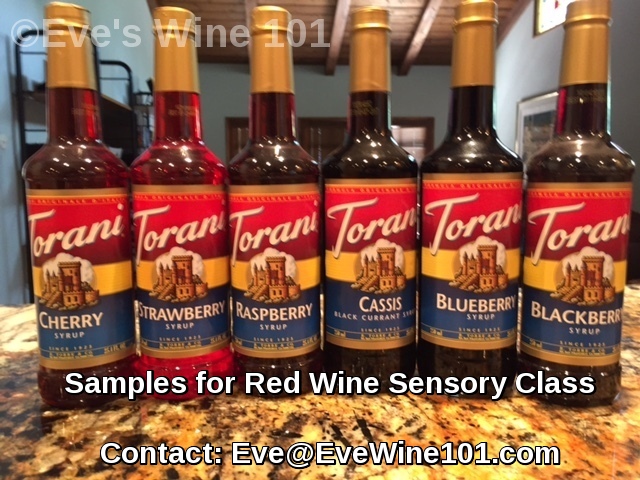
How To Start With Wine
The question I’m asked most often is how did I get into wine and spirits? Well, over 20 years ago when I was a community columnist for my local newspaper and the editor of our weekly entertainment section asked what else I could write about. At that time I had been in a few wine…












